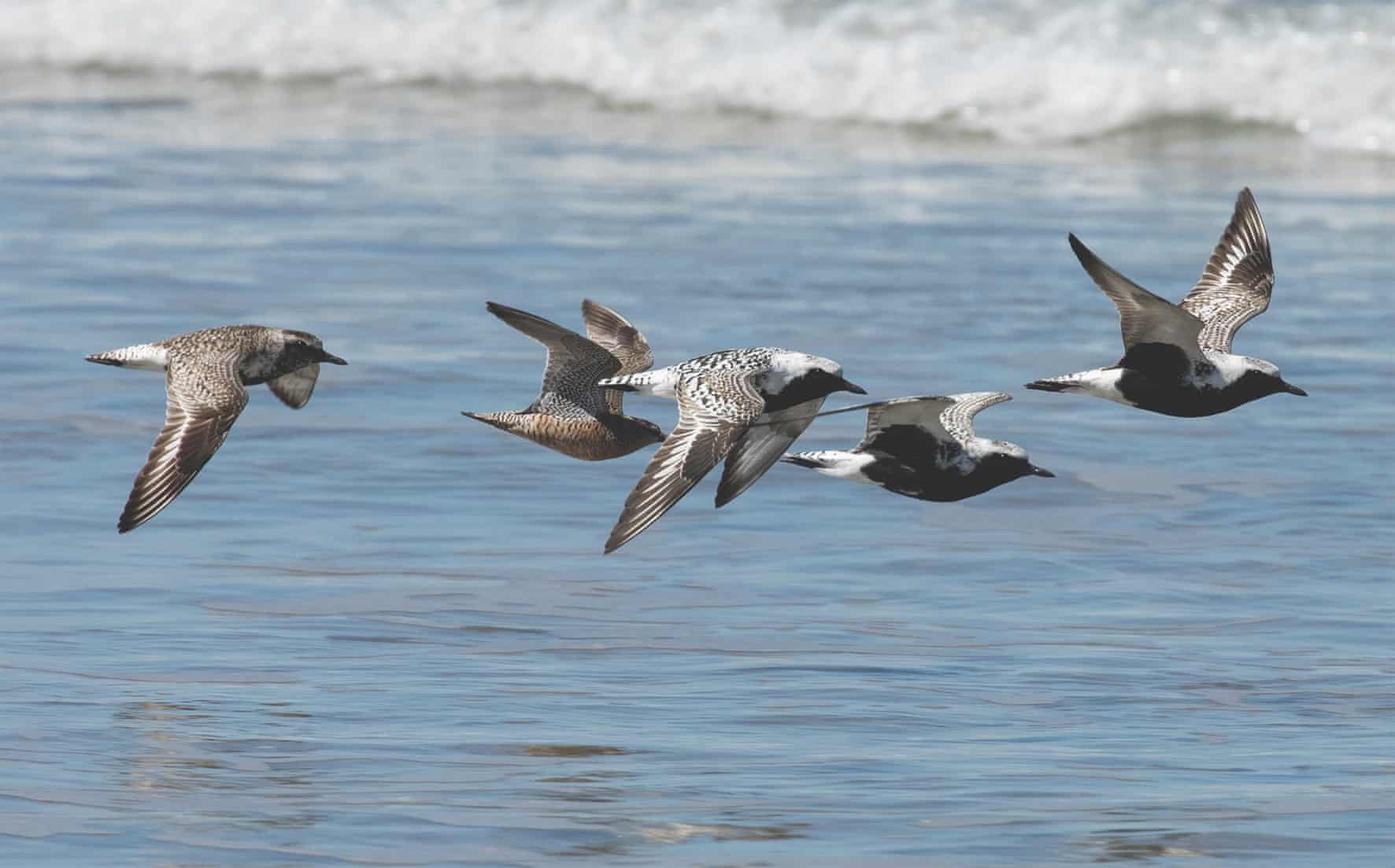Questions Raised by Quolls
All Harry Saddler really wanted to do was to see a quoll in the wild.
It was November 2019, and the Melbourne-based author was enjoying a surprise publishing success: his small book, The Eastern Curlew, a telling of the extraordinary migration of Australia’s largest shorebird, had sold through its hardcover print run, opening a new niche in Australia for natural history writing.
This was when Australia’s Black Summer bushfires were beginning to choke the eastern states, and before the pandemic that would force Saddler to write from home. It changed his focus. “It became impossible to write about the state of the environment in Australia and not confront those things head on,” he says.
Saddler’s new book, Questions Raised By Quolls, became more a work of moral philosophy than natural history. Written quickly, it became part-treatise on the legacy of colonialism, part-family history: Saddler’s ancestor Michael Farrell was transported as a convict to Sydney from Ireland in 1816.
“I think that aspect of the family story in the book was a way to write about the human effects of colonialism without co-opting other people’s stories,” Saddler says. “I touch on the damage done to Indigenous societies in the book too, but I was conscious that those are not my stories to tell.”… Read more..
Questions Raised by Quolls Read More »
